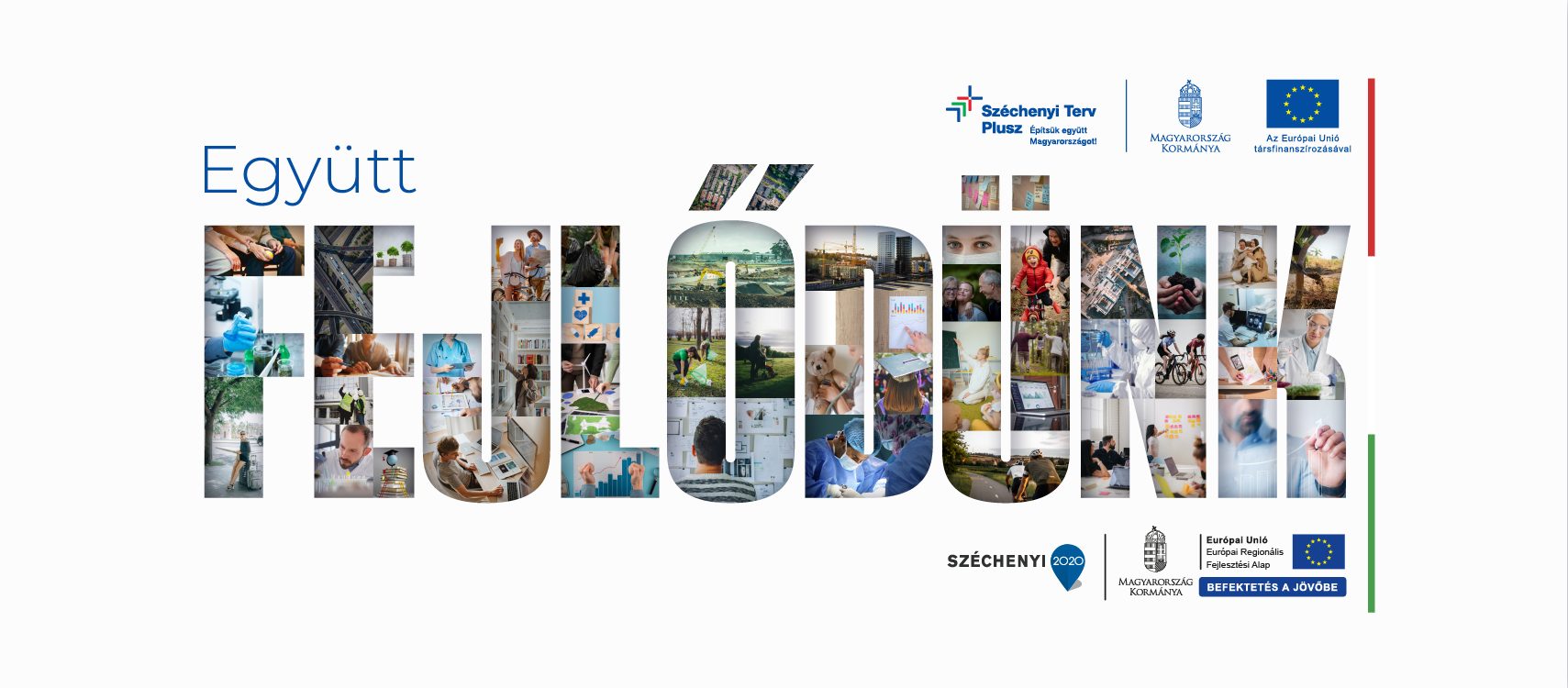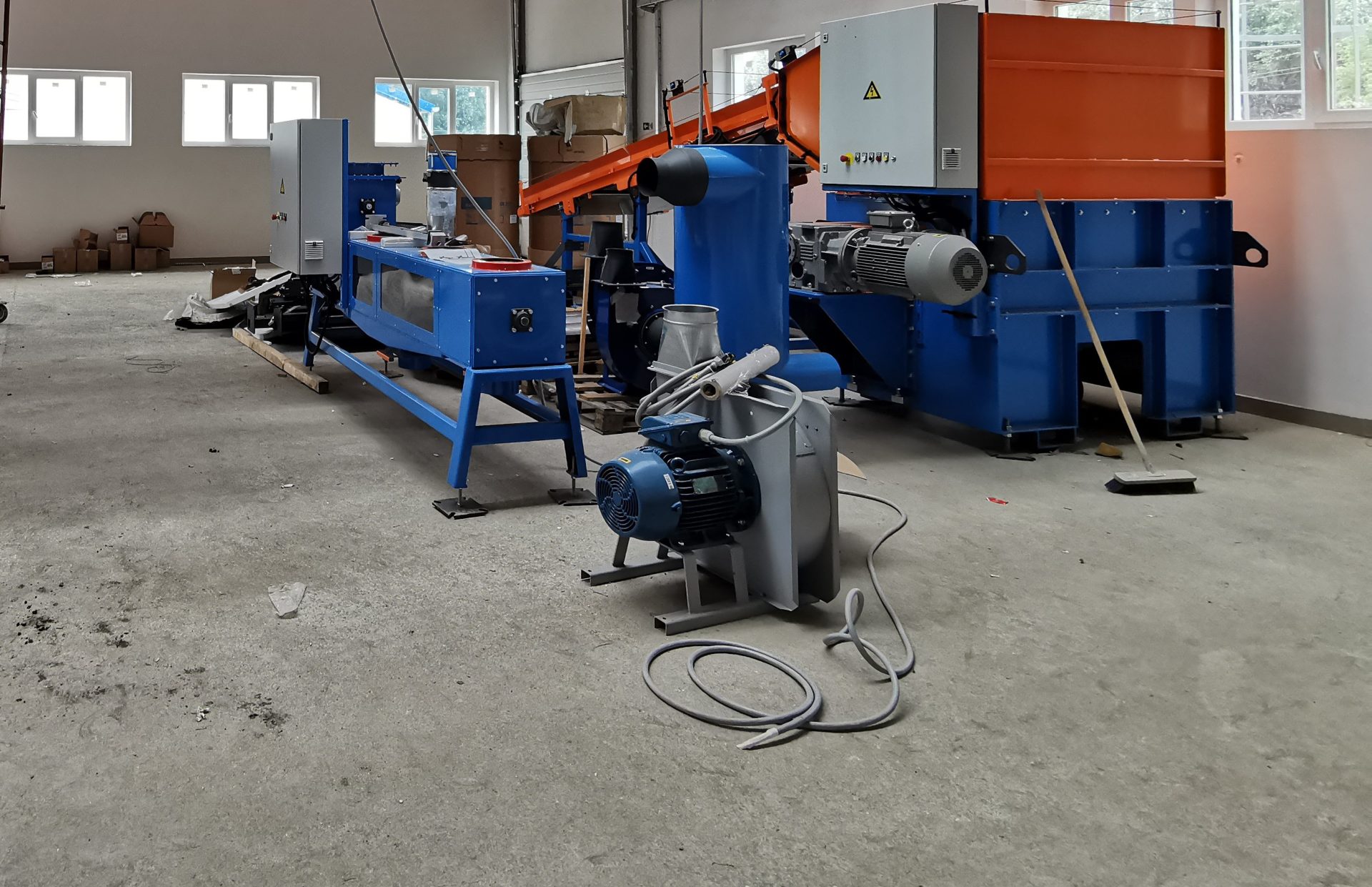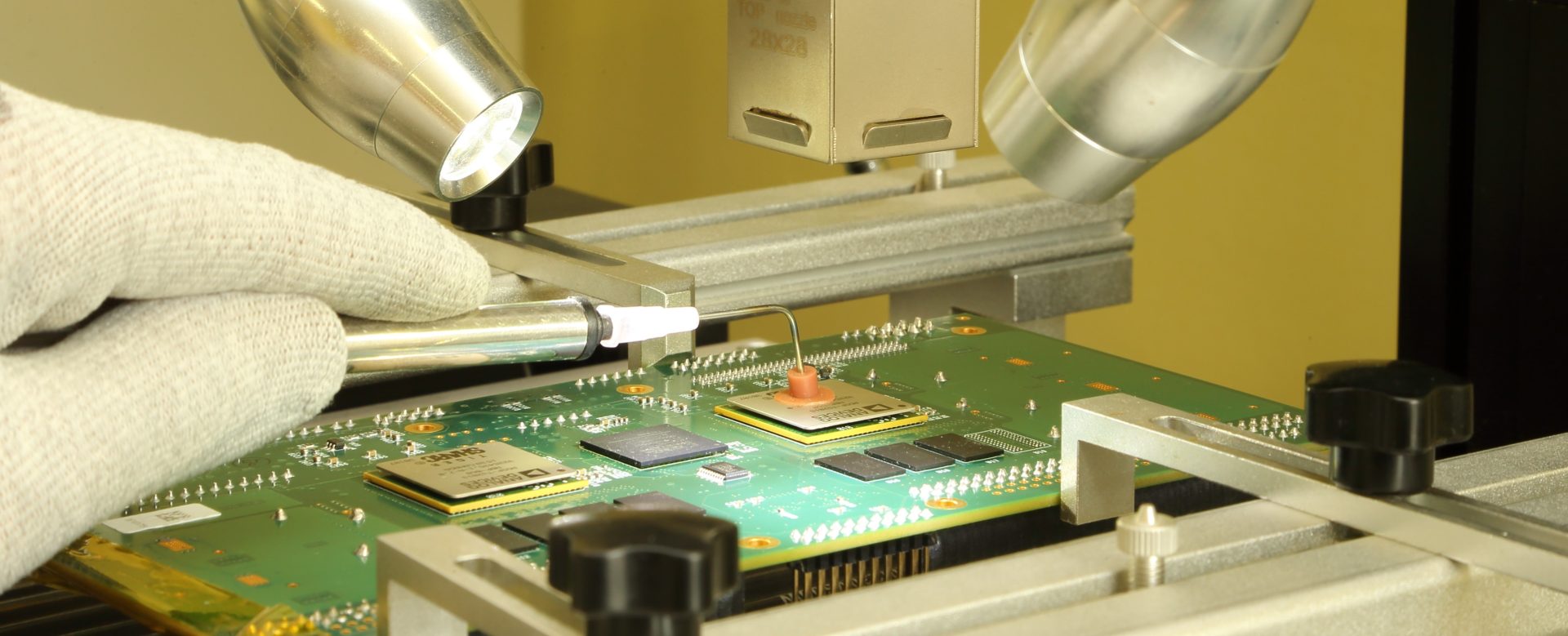The introduction of an artificial intelligence (AI)-based system can significantly speed up and enhance the accuracy of spinal fracture diagnoses, potentially bringing about a revolutionary change. Led by Neumann Medical Ltd., the project’s goal was to develop an autonomous decision-support system that could assist doctors across all healthcare institutions in the country.
The development was supported by the European Union as part of efforts to encourage innovation among domestic enterprises, with a particular focus on research and development and industrial innovation. For industry players, the increasing international competition makes it crucial to be able to develop new, competitive products and services that contribute to sustainable economic growth. The funding awarded through this grant enabled the implementation of pilot projects that can ultimately lead to the commercialization of new technologies.
This is how the system was born: initially, a vast database was created using spinal CT and X-ray images, which was then used to train the AI to recognize various types of fractures and assess their severity. Following this, it became possible for the AI to instantly evaluate imaging material uploaded by hospitals and provide real-time feedback to doctors. The technology ranks injuries by severity to ensure that patients requiring urgent care receive timely treatment.
One of the major advantages of the project is the use of fully automated processes. The AI is capable of instantly analyzing the results of medical imaging procedures (CT, X-ray), automatically detecting fractures, pinpointing their locations, and categorizing them. It includes a decision-support system that immediately forwards urgent cases to specialists and enables the creation of a nationwide spinal injury diagnostic network that hospitals and other healthcare institutions can join.
As part of the project, doctors manually annotated nearly 60,000 spinal CT and X-ray images, marking the exact location and nature of each fracture. The larger the dataset, the more accurate the AI’s diagnostic capabilities become. The AI algorithms are being developed using deep learning techniques to continuously improve the system’s performance.
Beyond the healthcare benefits, the new technology also offers economic advantages, as it enables faster and more accurate diagnoses and, due to automation, requires less human capacity for evaluations.
The development is primarily designed to support the work of radiology and traumatology departments. According to plans, the AI-based system may be launched not only in Hungarian healthcare institutions but also internationally, with potential applications across the European Union, North America, Australia, and New Zealand.
The development was implemented from EU funding in the project GINOP-2.2.1-18-2020-00029 under the Economic Development and Innovation Operational Programme Plus.
Find out more about the project in the Project Finder:Details








